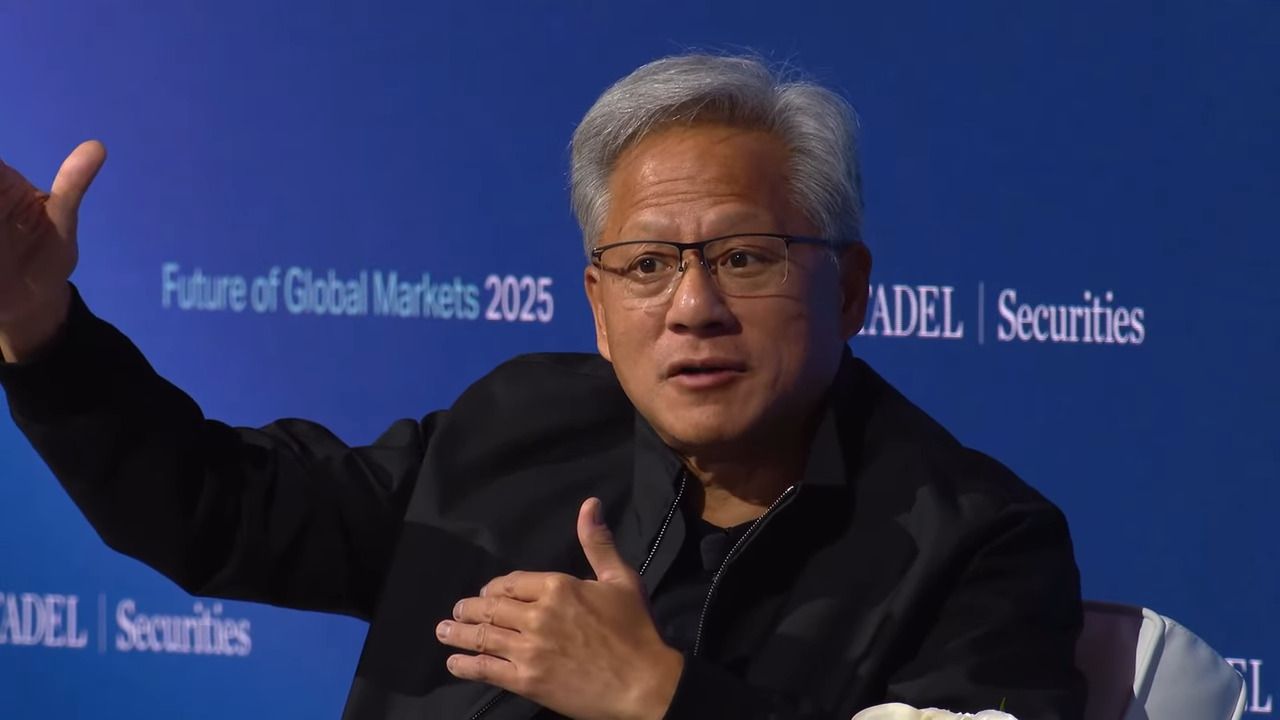Copyright Interesting Engineering

A team of researchers from TU Wien has shed new light on the behavior of electrons fleeing a solid material. Their research solves a long-standing mystery in condensed matter physics. When a material is bombarded with electrons, this transfers energy, allowing other electrons within the solid material to escape. This secondary electron emission mechanism is leveraged in many technologies today, including photomultiplier tubes, scanning electron microscopes, and cathode ray tubes. However, until now, scientists haven’t been able to predict which specific electrons would escape from a given material. The new study reveals the critical role of “doorway states”, which dictate the electrons that can leave a solid material. The electron emission mystery Within a solid material, electrons have different energies. If they remain below a specific energy threshold, they cannot escape the material. Scientists initially assumed that there would be a direct relationship between an electron’s energy and its emission – or escape – probability. However, experimental observations have repeatedly contradicted this assumption. These discrepancies indicated that electron energy isn’t the only factor distinguishing electron emission. There must be another factor at play. “One might assume that all these electrons, once they have enough energy, simply leave the material,” Prof. Richard Wilhelm, head of the Atomic and Plasma Physics group at TU Wien, explained in a press statement. “If that were true, things would be simple: we would just look at the electrons’ energies inside the material and directly infer which electrons should appear outside. But, as it turns out, that’s not what happens.” As the study’s first author, Anna Niggas added, theoretical predictions and experimental results have provided more questions than answers. “Different materials — such as graphene structures with different amounts of layers — can have very similar electron energy levels, yet show completely different behaviors in the emitted electrons,” she explained. Discovering ‘doorway states’ Through their research, published in Physical Review Journals, the TU Wien team found that energy isn’t the only factor dictating electron emission. Certain quantum states exist above the required energy threshold for electrons to escape. However, these do not allow emission. According to the team, previous studies had not accounted for these states in their models. “From an energetic point of view, the electron is no longer bound to the solid. It has the energy of a free electron, yet it remains spatially located where the solid is,” Richard Wilhelm, one of the scientists involved in the study, explained. “The electrons must occupy very specific states — so-called doorway states,” Prof. Florian Libisch, from the Institute for Theoretical Physics, added. “These states couple strongly to those that actually lead out of the solid. Not every state with sufficient energy is such a doorway state – only those representing an ‘open door’ to the outside.” The scientists also found that some of these states only emerge when over five layers of a material are stacked. This opens up new possibilities for targeted design related to layered materials in technology and research. “For the first time, we’ve shown that the shape of the electron spectrum depends not only on the material itself, but crucially on whether and where such resonant doorway states exist,” Niggas explained.



